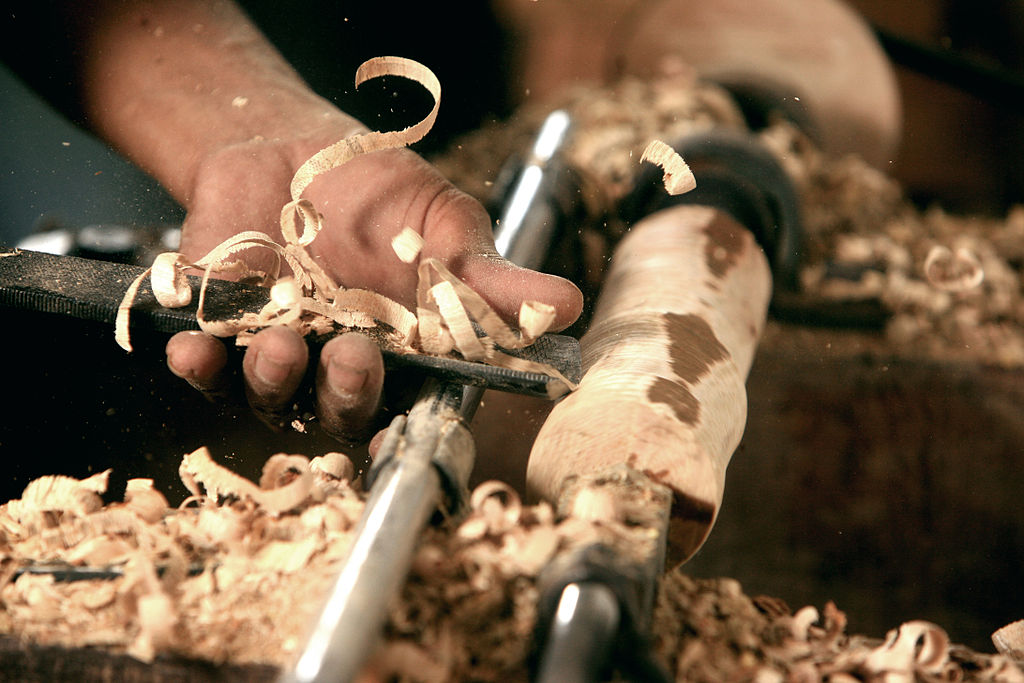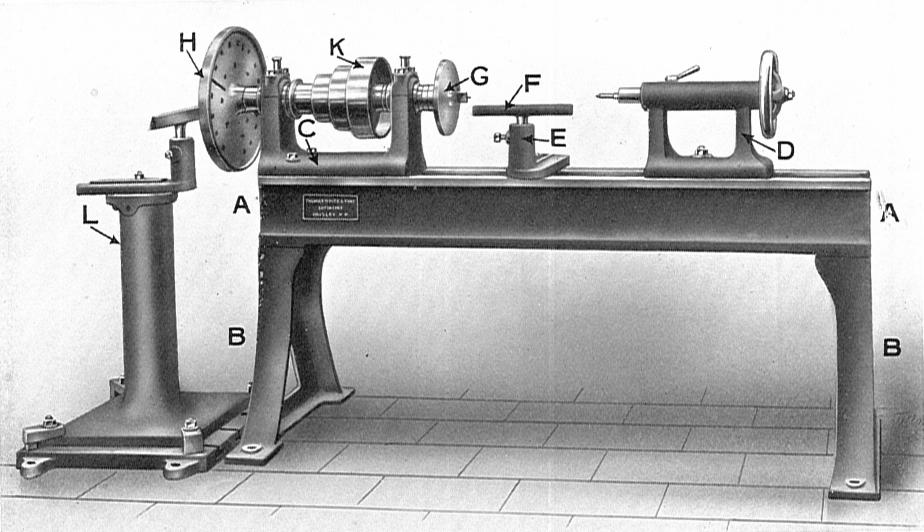
A fundamental turning technique involves riding the bevel. This involves several key steps. Holding the tool's shaft firmly in contact with the tool rest, you advance the tool until its cutting edge touches the stock. The tool will start to shred as you move it forward. You slowly raise the handle, until the cutting edge touches your stock. The stock is not cut when the tool is on the bevel. Once the stock is cut, lift the handle until it engages again.
Wood turning can be considered a specialist branch of woodworking.
The practice of wood turning is a popular hobby for people who love the tactile nature of wood and working with their hands. This specialized branch of woodworking can be a rewarding hobby for beginners and experienced woodworkers alike. Demonstrations should be around six to ten minutes long. You should keep most of your stock in place during the demonstration so you can work on your piece.
You should protect your eyes if you are going to woodturn. The wood turning process involves poking a sharp metal tool into the spinning wood. Wearing goggles will protect your eyes. A face shield will stop the burl from hitting you nose and causing injuries. Wood dust can cause asthma, skin allergies, or even cancer. Finally, wood shavings from wood turning can cause skin irritation.
It takes less wood
While woodturning can be done with nearly any species of tree, some pieces are easier to turn than others. While woodturning stock can be made from any section of a tree, some parts of a tree have better grain and figure than others. These are some tips that will make your woodturning project run faster. First, select stable material. Choose lumber that doesn't warp or move. You should also ensure that the bark is tight. The woodworker can create a natural edge vessel by using tight bark.
A wooden blank is used to turn basic techniques. The first step is to find a lumber yard and purchase it. A large sawmill will cut large logs into smaller sections. Then, a tablesaw and/or bandsaw will further cut these sections. DIYers can also make blanks by cutting the lumber themselves. Most fleshly-cut wood can be dried before being turned. This will prevent cracks and is essential for turning quality projects.
It is more stable

A Swiss-Style lathe will provide a stable cutting environment. Bar stock can be distorted and cause vibrations, which can lead to tool wear or precision. Swiss-style lathes have no belt drives and generate less vibration. To avoid harmonic vibrations from high speed rotation, the sliding headstack must move smoothly. The sliding mechanism is smoothest when preloaded with roller pads. The vibrations created by high-speed rotation are harmonic. The sliding mechanism can absorb these vibrations.
FAQ
How can I learn basic skills in woodworking?
You can start building furniture by making a bench. This project can easily be done using whatever wood you have at your house. If you are unsure what type of wood is best, you can get cheap pine boards at Lowes (or Home Depot) instead. After you've constructed your bench you'll want sand all the rough edges off and varnish it.
Which wooden items are very popular?
The best-selling wooden items are those which have been made from wood that was harvested sustainably.
Oak, cherry and mahogany are the most sought-after wood types for furniture.
These woods are extremely strong but also have beautiful colors and grain patterns. They also last for many years if cared for properly.
To protect wooden furniture from moisture damage, you should paint it first. This applies to all surfaces including drawers, doors, handles, and handles.
If you want to make sure that your furniture lasts as long as possible, then you should choose a paint that is resistant to water.
Followed by two coats, you should apply a quality oil-based primer. It is possible to apply multiple coats depending on how heavy the wear.
Avoid spray cans and aerosol paints. These products contain solvents which evaporate quickly and leave behind harmful fumes.
What's the difference between plywood vs particle board?
Plywood consists of layers made from wood and pressed together by pressure. Plywood can be cut to different thicknesses. It's commonly used as flooring and cabinets. Particle board is made from sawdust mixed with resin and then compressed into large blocks. It's often used for home renovation projects. Both boards are strong and can be easily cut.
Where do I start with woodworking?
Learning how to build furniture is the best method. You will need tools. There are bound to be mistakes. But if your persistence is consistent, you will soon master the craft.
First, choose a project you would like to complete. It can be something as simple and small as a box, or large-scale as an entertainment center. Once you've decided on a project, find a local woodworker who specializes in that kind of work. Ask the local woodworker for help in deciding what tools and where to get them. Maybe you can ask the person if they know of anyone who does this sort of work.
Statistics
- The best-paid 10 percent make $76,000, while the lowest-paid 10 percent make $34,000. (zippia.com)
- Most woodworkers agree that lumber moisture needs to be under 10% for building furniture. (woodandshop.com)
- The U.S. Bureau of Labor Statistics (BLS) estimates that the number of jobs for woodworkers will decline by 4% between 2019 and 2029. (indeed.com)
- If your lumber isn't as dry as you would like when you purchase it (over 22% in Glen Huey's opinion…probably over 10-15% in my opinion), then it's a good idea to let it acclimate to your workshop for a couple of weeks. (woodandshop.com)
External Links
How To
How to make wood joints
This tutorial will help you join two pieces of wooden together. We'll use the "pocket hole joint," which means we drill holes in the wood and then glue them together. If your wood has a straight grain, smooth surface, you can use this method. You might consider dowel joinery if your wood isn’t straight or flat. These are the steps
-
Drill Pocket Hole Joints. Start by measuring and marking the spot where the pocket hole joint will be placed. You will then drill 3/4" deep holes through each piece of wood with a jigsaw, handheld drilling machine, or hand-held drill.
-
Sand Smooth. Sanding the edges of the wood will help to prevent the joint from splitting later.
-
Glue Together. Apply glue to both ends of the wood. Let the wood sit for 5 minutes, then clamp it together.
-
Connect the pieces. After the glue has dried you can attach the pieces to form a flush joint.
-
Trim Joinery. After the glue dries, trim any excess wood around your joint.
To be able to turn the pieces inside-out, leave enough room between them.